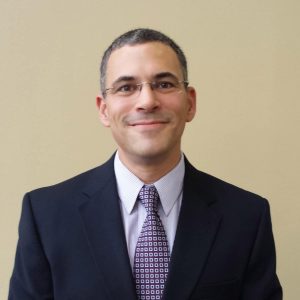
In the U.S., opioid addiction and misuse are at a critical point in history. In efforts to combat the epidemic, the DEA has collected 10,878,950 pounds of unused prescription drugs since 2010.
National Prescription Drug Take-Back Day is Saturday, April 27th and as a physician, I’m in a position to support efforts and education on the topic of opioids.
The Backstory
2001 was the beginning of the perfect storm for opioids.
Many organizations, including the Joint Commission that accredits most hospitals, called pain the “fifth vital sign”. Medical data, which came out around the same time, suggested that the opioids given for short term pain relief were not addictive. Hospitals and providers were assessed on how well we were treating pain. The expectation became that patients should be pain-free in the hospital, regardless of what they were there for, including surgery.
This new norm, which has contributed heavily to the opioid epidemic, started when physicians and nurses began telling patients to “stay ahead of the pain” by taking opioids around the clock. This mentality still exists in certain pockets of the healthcare system, and habits are hard to break. To this day, this unrealistic expectation of painless surgery contributes to the epidemic.
Opioid Dependency
We now know that one in 16 patients who are sent home with a prescription opioid after surgery becomes dependent on opioids for six months. Clearly, the policies of the past helped spawn the opioid epidemic. Changing expectations of patients and providers is critical — and hard to do. We need to retrain providers on appropriate non-opioid pain management and encourage patients and providers alike to avoid relying on opioids for post-operative pain management.
As surgeons, we need to set realistic expectations of how much pain or discomfort our surgery is going to create for the patient and how much pain is reasonable to tolerate. Patients are looking for advice and guidance and it’s our responsibility to educate them on pain, pain treatment, and potential risks.
The Pain Score
Since we have studied the outcomes of many of our patients, we are able to provide them with specific data about how much pain to expect. Most of our patients have a pain score of six or less after surgery, as long as they alternate taking ibuprofen and acetaminophen every eight hours for the first day or two after surgery. By doing so, they are able to get out of bed, walk around the house, and have a relaxing few days after surgery. We often tell them not to fill the prescription if they have minimal pain after surgery.
Before and after surgery, someone from our team tells every patient about the risk factors of opioids, including dependence and addiction. Patients are delighted to hear that we are sensitive to the risks of opioid medications. They partner with us to create a postoperative plan that minimizes their use of opioids. It’s been a wonderful experience for us and for them. It is very rare that patients call after surgery for pain that they are having trouble managing.
Advice for Practicing Physicians
Patients are excited to know that we care about them and are aware of the risks associated with the opioids we prescribe. They look to us for guidance. Admitting that we play a role in the opioid epidemic is important in maintaining trust within our profession.
By explaining what to expect after surgery, we partner with our patients to give them the best experience possible. Even if we complete a perfect operation, if our patient ends up dependent or addicted to a medication we prescribe, we failed that individual.
Recent studies show that patients use a lot fewer opioid tablets than what we typically prescribe, and the percentage of patients that call for a refill is the same —whether they are prescribed 10 or 30 tablets.
Patient Responsibility
We have a responsibility to our patients. Some of the things we can do in our own practices include:
- Ask our patients how many tablets of an opioid prescription they actually took. Hopefully, we’ll be surprised that it’s a lot less than expected.
- Look for guidelines established by your hospital, medical society, or state. The guidelines may seem overly aggressive with how few opioids are recommended for surgery, but they are based on data, and usually work. Guidelines are not strict, but they are a great starting point. Try them out for a month and see if anything changes in your practice, other than the fact you are helping curb the potential misuse of your prescription.
- Set realistic expectations for your patients. Advise them that there are other modalities to reduce pain and that having some pain is okay, as long as it’s improving and not keeping them in bed.
Patient Expectation
What do we tell patients to do if they are still experiencing pain after they’ve finished a prescription for six pain pills?
Patients rarely ask, because we give them a big speech before we prescribe anything. However, when asked, we tell our patients that we prescribe based on data, and we reassure them they will have enough. Some patients seem more anxious than others after surgery, or have more pain than expected in the recovery room, and we end up giving them 10 tablets. We also tell them that if they need more, we want them to come into the office to make sure there is no postoperative complication. We’ve had less than a handful of patients come in over the last two years asking for more opioids.
Reducing Opioid Dependency — Together
Since we have started collecting opioid usage data through the ACHQC, we’ve noticed that less than 20 percent of our patients take any opioids after surgery at all. We strongly feel that by partnering with patients and other providers, we can reduce opioid dependency.

